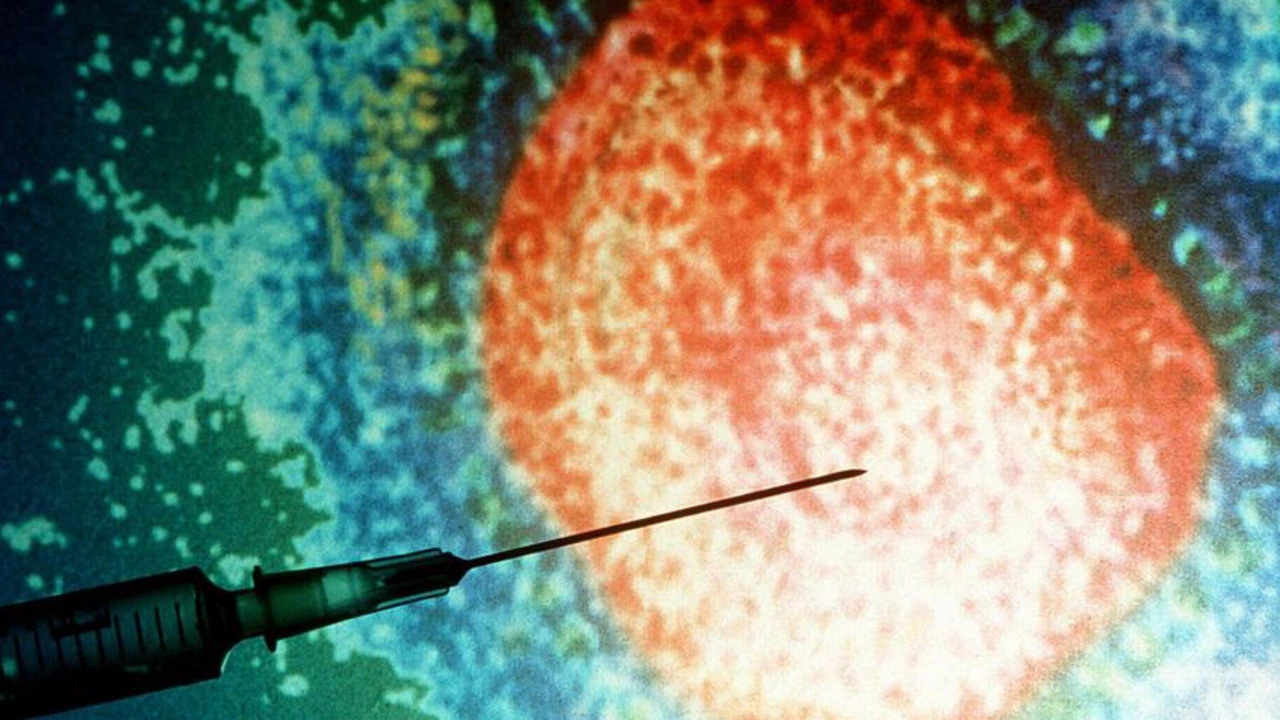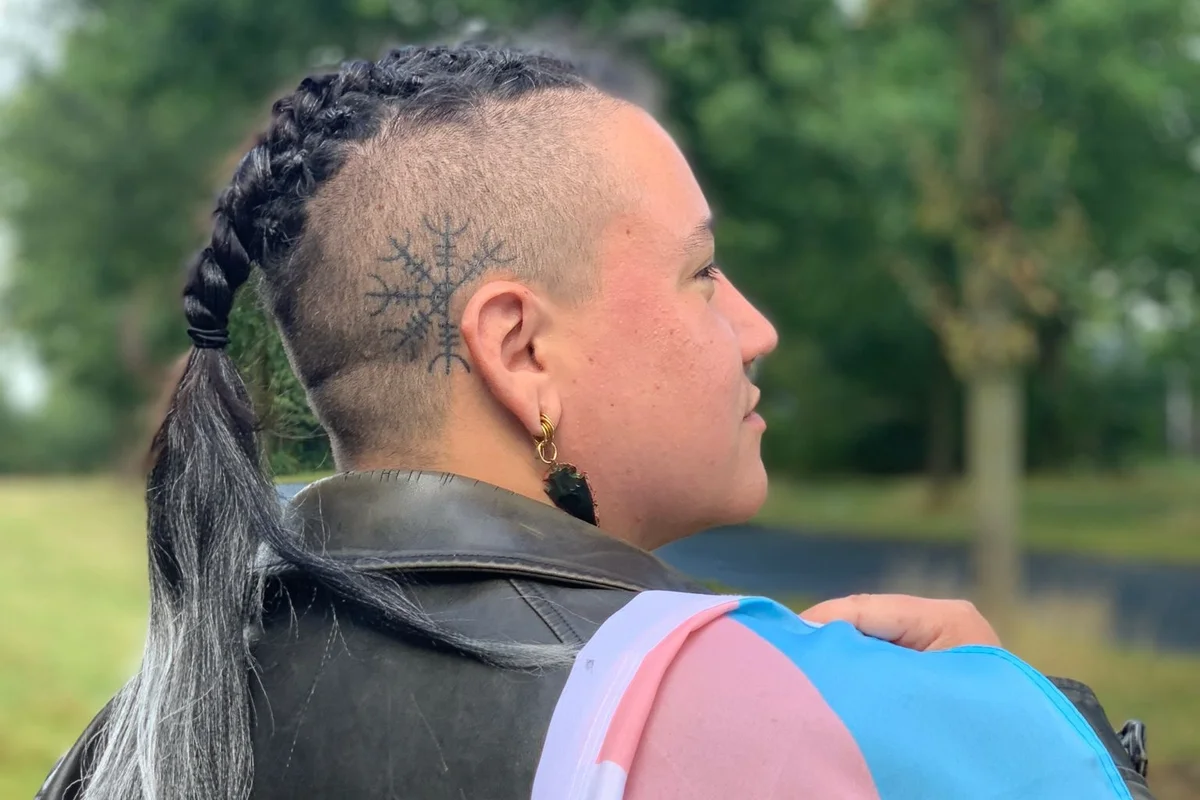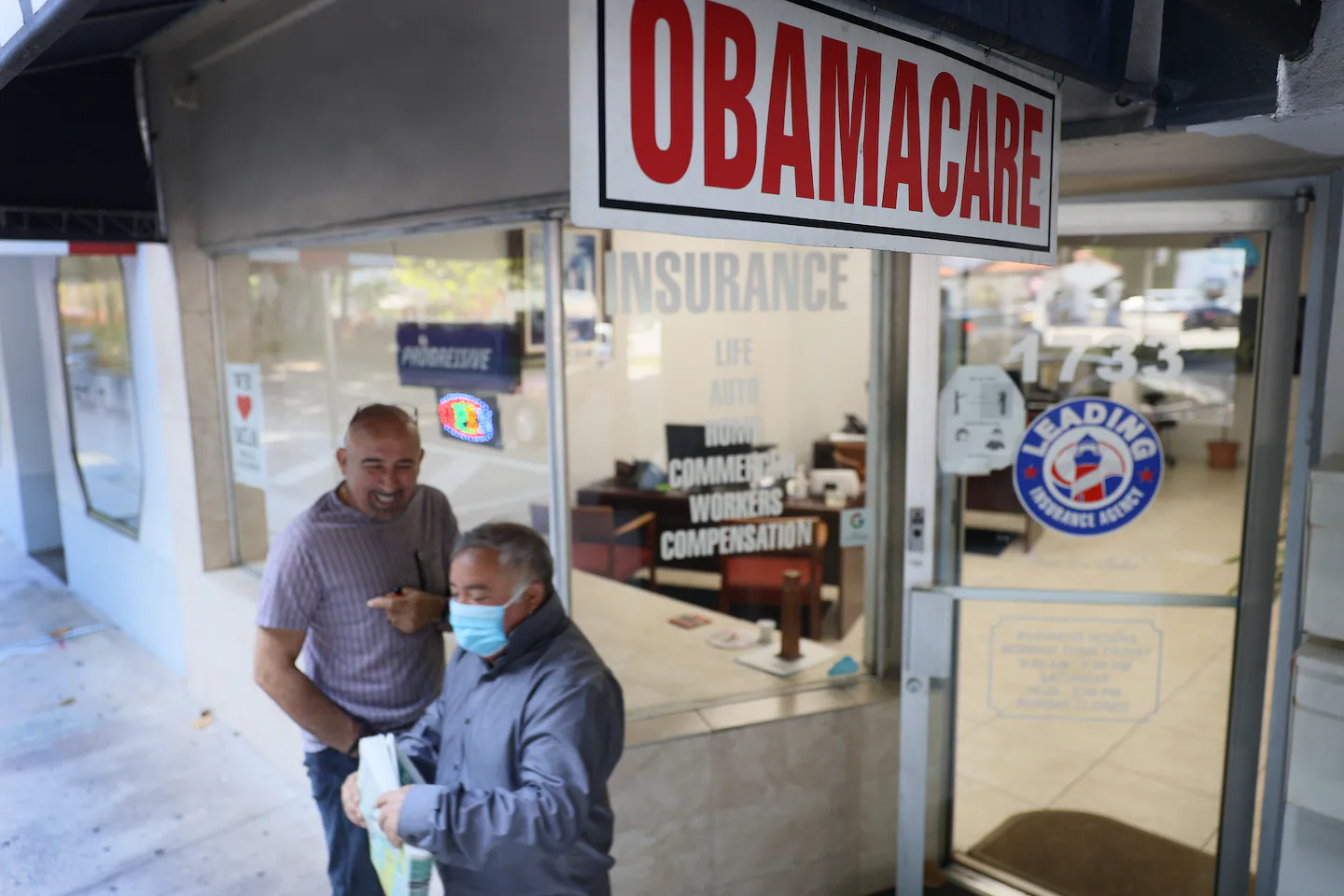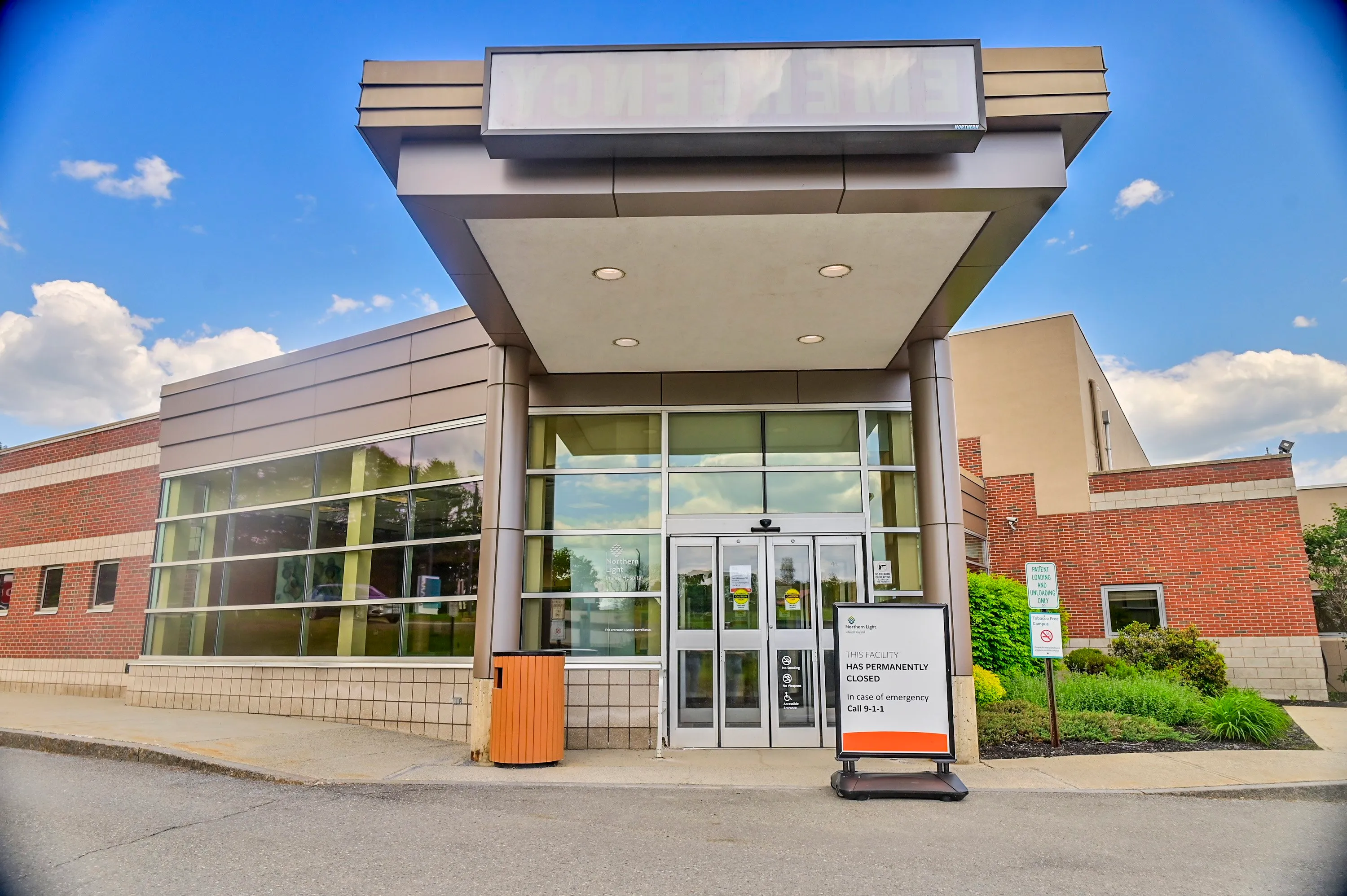By Andrew Hedgman
Copyright news

So far this year, 127 measles cases have been recorded nationwide, the highest since 2019, prompting public health alerts and temporary precautions in several states.
Experts say misinformation on social media, including false claims originating from the United States, has contributed to declining confidence in vaccines, leaving more Australians vulnerable.
Queensland, Western Australia, Victoria, and New South Wales have all reported cases, with many linked to travellers returning from Southeast Asia, particularly Bali.
A highly contagious threat
Professor Adrian Esterman, Chair of Biostatistics and Epidemiology at the University of South Australia, described the virus as “one of the most contagious viruses known, far more infectious than influenza.”
“It spreads through microscopic droplets released when an infected person coughs, sneezes, or even breathes. These droplets can remain suspended in the air for up to two hours, infecting others even if the person has no rash,” Professor Esterman told NewsWire.
“If you’re not immune and are exposed, there’s about a 90 per cent chance you’ll become infected. Because people can transmit the virus for about four days before the telltale rash appears, outbreaks often start silently, long before anyone realises measles is circulating.”
Professor Esterman said that while most people recover, measles is far from harmless. It can cause pneumonia, brain inflammation (encephalitis), or death, especially in young children, pregnant women, and people with weakened immune systems.
Authorities stress that vaccination remains the strongest defence. Two doses of the measles-mumps-rubella (MMR) vaccine are recommended for full protection, but coverage is slipping.
Declining coverage since the pandemic
The National Centre for Immunisation Research and Surveillance (NCIRS) Annual Immunisation Coverage Report 2024 shows “concerning and ongoing declines” in childhood vaccination.
Coverage fell across all three childhood milestones, 12, 24, and 60 months, with 24-month coverage dropping below 90 per cent for the first time since 2016.
On-time vaccination has also fallen sharply. In 2024, one in three children received their first MMR dose late, and one in five were delayed for their second diphtheria-tetanus-pertussis dose.
For measles specifically, on-time coverage of the first MMR dose was more than 11 percentage points lower than in early 2020.
Adolescent vaccination has suffered too. Two out of 10 adolescents had not received the HPV vaccine by age 15, while three in 10 missed their meningococcal ACWY dose by age 17.
Declines are even steeper among Aboriginal and Torres Strait Islander children. One in two received their first MMR dose late, three in 10 had not received HPV by 15, and four in 10 missed meningococcal ACWY by 17.
Health officials warn that targeted strategies are urgently needed for these populations.
“If that trend continues, we can expect more frequent, larger outbreaks over the next decade, especially in childcare centres, schools, and under-vaccinated communities. Even a handful of imported cases could spark chains of transmission,” Professor Esterman warned.
Mistrust and misinformation
A new paper from the National Vaccination Insights project highlights key barriers to childhood vaccination, including costs, limited appointment availability, and declining trust in immunisation information.
Lead author Dr Kasia Bolsewicz said childhood vaccination rates remain below the national target of 95 per cent. She emphasised prioritising catch-up doses for overdue children to prevent serious, vaccine-preventable diseases.
Dr Maryke Steffens, also from NCIRS, said a 2024 survey of 2000 parents revealed obstacles including appointment difficulties, cost, safety concerns, and mistrust of provider information.
She outlined four priority actions: improving access through bulk billing and after-hours clinics, supporting healthcare providers, engaging communities with trusted messages, and providing better local immunisation data.
“Because these barriers are complex, no single solution will suffice. Coordinated, multi-sector action is essential,” Dr Steffens said.
Mistrust and misinformation also play a significant role, with false claims about vaccine safety and effectiveness circulating on social media and from international sources.
Adjunct Professor Terry Slevin, CEO of the Public Health Association of Australia, said the United States has influenced the flow of false or misleading information about vaccines.
“The power and reach of social media, the challenges raised by COVID-19 and misinformation around immunisation coming out of the USA mean it has never been more important to boost access to and confidence in vaccines,” Professor Slevin said.
Resetting Australia’s immunisation agenda
The federal government has launched the National Immunisation Strategy for Australia 2025–2030, setting six priority areas to reverse downward trends and tackle vaccine hesitancy.
A key focus is engagement with communities, particularly Aboriginal and Torres Strait Islander Peoples, to address inequities in access and uptake.
Other priorities include improving the timeliness and quality of immunisation register data, strengthening the immunisation workforce, expanding catch-up vaccination activities, and exploring a no-fault vaccine injury compensation scheme.
Targeted strategies are already underway, including free SMS recall programs reminding older Australians to catch up on pneumococcal and COVID-19 vaccinations.
The Australian Immunisation Handbook has also been updated with guidance for immunocompromised people.
Experts urge vigilance
Queensland Health’s Dr Jacqueline Murdoch urged holidaymakers to check their vaccination status before travelling overseas.
“If anyone is going to these places over the school holidays or in the upcoming months, please see your GP and make sure you have sufficient immunity to measles,” Dr Murdoch said.
GPs are also being advised to stay alert. With measles having a basic reproduction number of 12 to 18, even a single imported case can trigger a significant outbreak in under-vaccinated areas.
Professor Esterman stressed that anyone who may have been exposed should check their vaccination status without delay.
“Two doses of the MMR vaccine provide about 97 per cent protection,” Professor Esterman said.
If you’re unsure or haven’t had both doses, see your GP promptly. Vaccination within 72 hours of exposure can still help.
“Watch for symptoms for up to 18 days after exposure and stay home if you become unwell to avoid infecting others. Contact your GP before attending to avoid exposing others.”
A narrowing window
Health experts warn the current window to prevent widespread measles transmission is narrowing. Australia was declared free of endemic measles in 2014, but local clusters in under-vaccinated communities underscore how fragile that status is.
“Measles is, in many ways, a litmus test for public health,” Professor Esterman said.
“If we let vaccination rates fall, it’s not a question of if measles outbreaks will occur, but when.”



